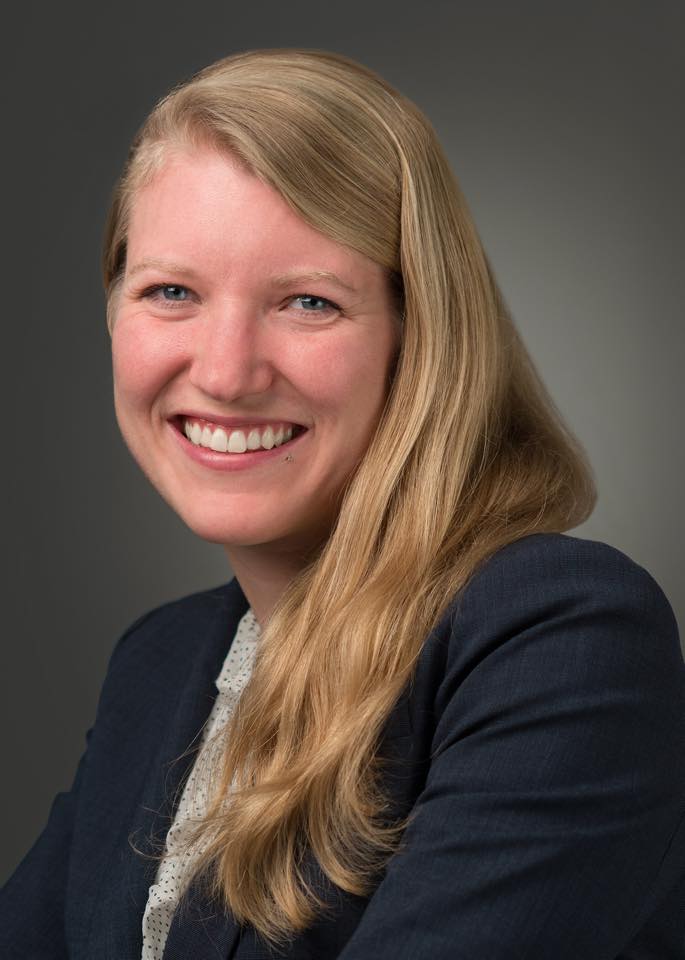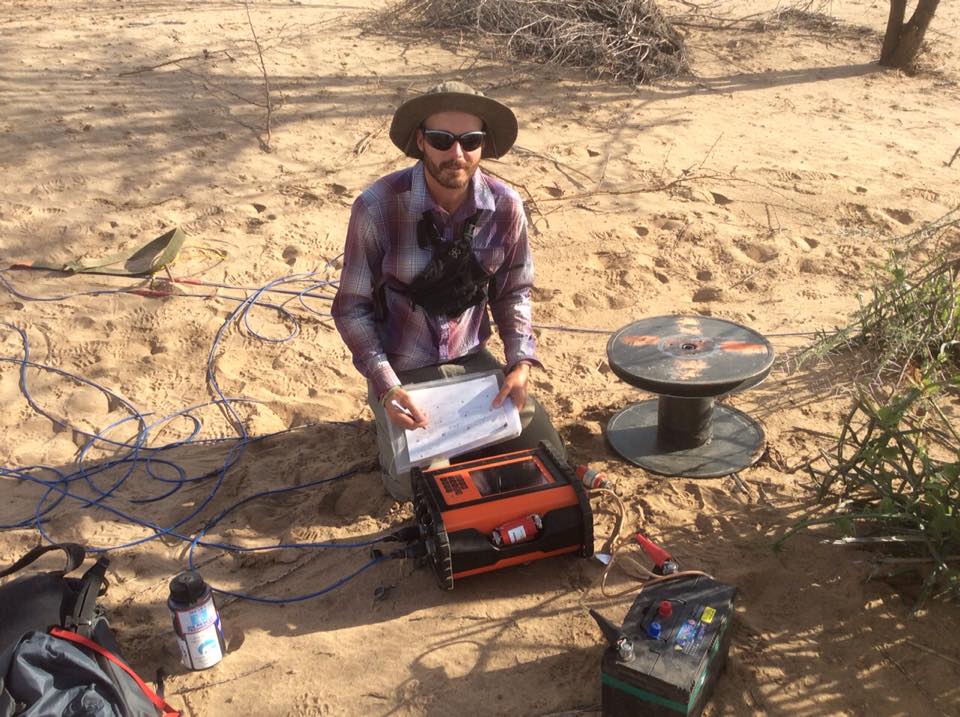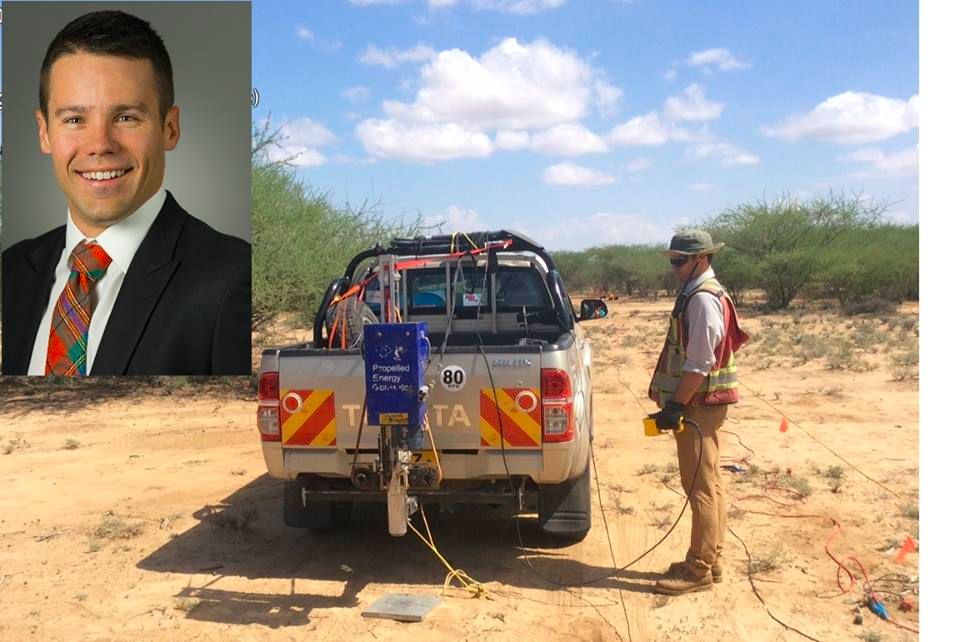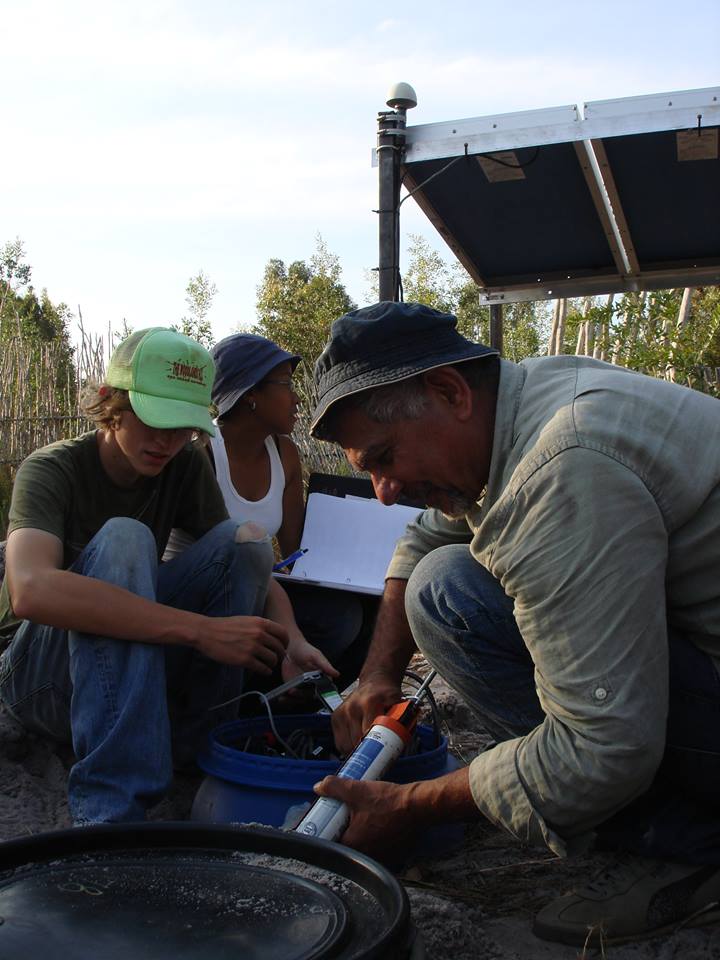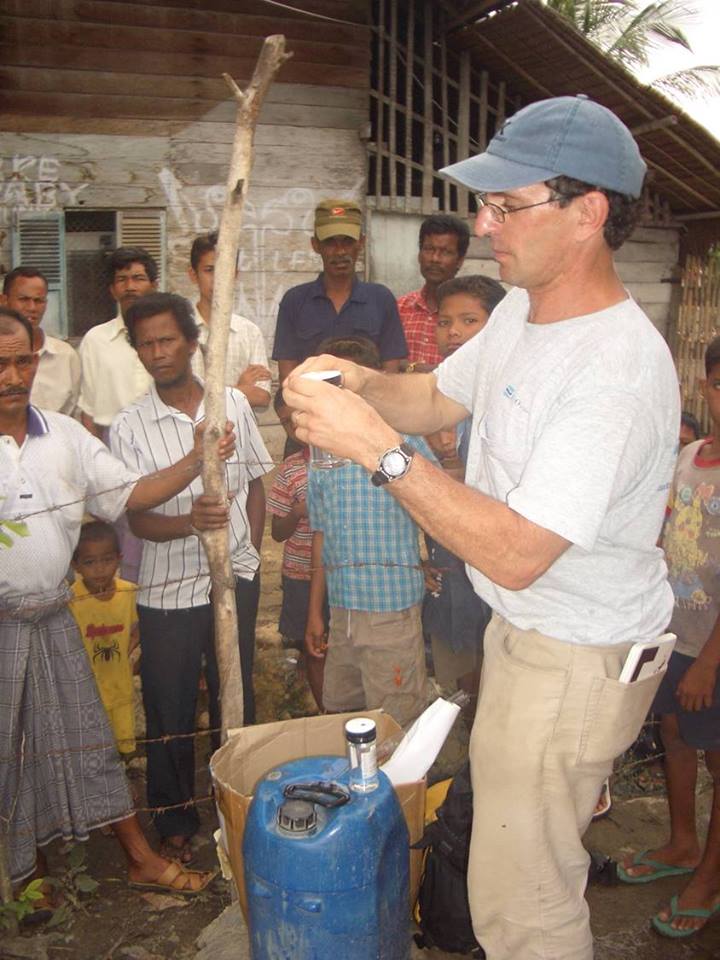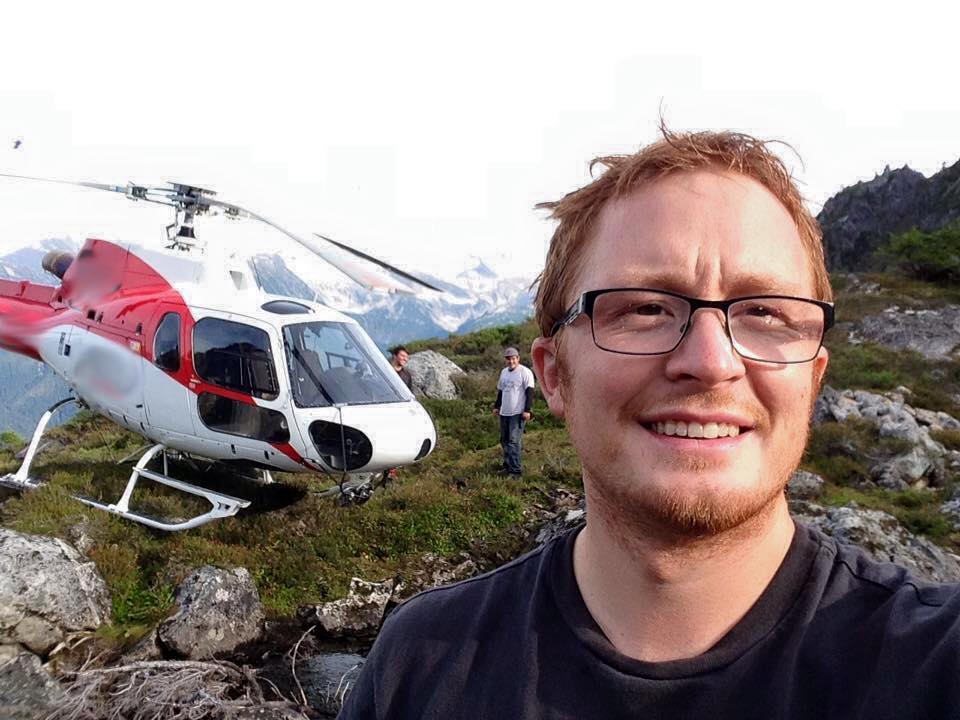The Calgary to Kakuma Water Project
On January 7, 2016, seven Calgary geophysicists, sponsored by the Geoscientists Without Borders (GWB) Foundation of the Society of Exploration Geophysicists (SEG), will travel to Kenya with the NGO IsraAID. The group is volunteering their time to find safe groundwater for approximately 185,000 refugees living in the UNHCR Kakuma Refugee Camp near the borders of Uganda, South Sudan, and Ethiopia. The program is being funded by the Society of Exploration Geophysicists (SEG) through their Geoscientists Without Borders (GWB) program.
The water supply situation is very difficult at Kakuma, with most areas receiving 14 to 19 liters of water per person per day. In comparison, the average Canadian uses about 280 liters per person per day in household consumption, and in a climate that is much cooler than the Turkana desert of northwest Kenya! The group plans to use modern geophysical exploration methods to help improve both the quantity and quality of water available to both the refugee and host Turkana communities.
The water supply situation is very difficult at Kakuma, with most areas receiving 14 to 19 liters of water per person per day. In comparison, the average Canadian uses about 280 liters per person per day in household consumption, and in a climate that is much cooler than the Turkana desert of northwest Kenya! The group plans to use modern geophysical exploration methods to help improve both the quantity and quality of water available to both the refugee and host Turkana communities.
MEET THE Crew
|
Erin Ernst My name is Erin and I have been a geophysicist with WorleyParsons for the past 3 years. Before beginning my career at WorleyParsons, I completed a B.Sc. in Geophysics and a M.Sc. in Hydrogeophysics at the University of Calgary. Through my job, I have travelled all over Alberta and British Columbia, and experienced untouched wilderness, cooperation with Canada’s first nations, helicopters, the oil sands, and countless other unique places and circumstances. I was excited about the Kakuma Water Project because it gave me another opportunity to apply my skillset in a unique and challenging environment, with the chance to make a meaningful impact on people’s lives. I was also excited about this project because we will be working with a community of local geophysicists and hydrologists, who will hopefully be able to teach us about their lives and how we can best lend a hand. |
Landon Woods Landon Woods has been working with the Advisian (a WorleyParsons Group) geophysics team for the past five and a half years. His experiences at Advisian have taken him across the globe, including Madagascar, New Zealand, Israel, and Kenya. The opportunity to work with locals in each of these places has enriched his experiences beyond the science, and in the cases of the poverty stricken Madagascar and Kenya; the determination, positivity, and ingenuity of the people will last with him for a lifetime. Landon completed a B.Sc. in Geology at the University of Calgary, focusing on hydrogeology and near-surface geophysics, with an Honours degree project incorporating both fields. The opportunity to travel back to the Turkana province in Kenya and collaborate with local hydrogeologists and refugees (from the Kakuma refugee camps) for such an important project is a privilege. The fact that the project will be a combination of geophysics and hydrogeology (hydrogeophysics) is a bonus for Landon, as he has always seen the value in using geophysics as a tool in solving hydrogeological problems. |
Douglas MacLean Doug has been a Geophysicist (GIT) with Advisian Worley Parsons in Calgary, Alberta for almost four years. During this time he has worked on a vast array of environmental, engineering and exploration geophysics projects. The majority of his work has been focused in 2 dimensional seismic and electrical resistivity tomography (ERT) surveys, for identifying lithology and geohazards. His work and personal interests in culture and economics have led him to a number of countries across the globe including: China, Vietnam, Papa New Guinea, Nicaragua and Kenya. On his travels he has observed the influence geography can have on disparity in man’s quality of life. He is excited to volunteer his time to the Calgary to Kakuma Water Project and potentially help improve the quality of life in a small corner of the world. Additionally, he is curious to follow any economic and cultural benefits that may stem from the small contribution made by the geophysics team’s efforts. |
|
Franklin Koch Frank is a PhD student at the University of Calgary. He received a Bachelor's degree in geology and physics from Washington University in St. Louis and a Master's in geophysics from the California Institute of Technology. For two summers he worked at the US Geological Survey performing field work and developing a now-published graphical user interface to analyze groundwater temperature data. He has extensive geophysical field experience performing small-scale near-surface surveys and installing large-scale regional seismic arrays. This work has taken him across the US from Monterey Bay, California, to Cape Cod, Massachusetts, and around the world including Madagascar, the Northern Mariana Islands and the Mariana Trench, and the South Pole in Antarctica. He is currently working with Adam Pidlisecky at the UofC and Paul Bauman at WorleyParsons, studying electrical resistivity tomography, a geophysical technique to be performed in Kakuma. The Calgary to Kakuma Water Project will be a wonderful opportunity for Franklin to apply his experience and learn more about geophysics where it matters most |
Paul Bauman Paul received a Bachelor’s degree in Geological Engineering from Princeton University, and a Master’s degree from the University of Waterloo in groundwater and geophysics. He has more than 30 years experience in near surface geophysical exploration for groundwater, natural resources, tunnels, unexploded bombs, industrial waste, ancient burials, and essentially anything that someone may want to find without drilling or digging. He is best known for his participation in a number of archaeological documentaries including Nova’s Ancient Refuge in the Holy Land, Deadly Deception at Sobibor, and National Geographic’s Finding Atlantis. More importantly, though, Paul has applied creative geophysical solutions to challenging groundwater situations in remote locations over much of his career, including in Africa, Central America, Southeast Asia, and at home in Canada. As described in his TedX Talk Mapping Resources that Matter, Paul’s most recent efforts are in bringing his geophysical exploration skills to aid people living in some of the most water desperate places on the planet. The Kakuma Refugee Camp in the Turkana desert, in Kenya, is one of these. |
Brendan O'Brien Brendan is an award winning documentary and narrative filmmaker with Red Van Studio Inc. The opportunity to tell this story of the scientists and volunteers headed to Turkana, Kenya to find water for the UNHCR refugee camps is unparalleled for him. When not working on documentaries or narratives, Brendan acts as director and cinematographer on commercial projects across Canada. |
FINAL REPORT
The final report for the SEG (Society of Exploration Geophysicists) Geoscientists Without Borders supported Kakuma Refugee Camp water exploration program was issued October 6, 2016. However, we had earlier issued a final draft on October 6, 2016. Most importantly, we had all our preliminary figures, interpretations, and prospective drilling locations by January 22, the last day of field work! In April 2016, 2 months after the completion of the geophysical program, and based on our geophysical interpretations, three wells were drilled and completed in what we have termed the “Northern Well Field.” The wells were tested at high, sustainable yields of 29, 40, and 45 m3/hr. Given UNHCR’s practice of pumping wells for 10 hours per day, and with a target water supply of 20 liters per person per day, these first three wells can provide water to 57,000 refugees.
| geophysical_exploration_gw_kakuma_kalobeyei_turkana_county-rev_0.pdf | |
| File Size: | 8939 kb |
| File Type: | |
Published articles
